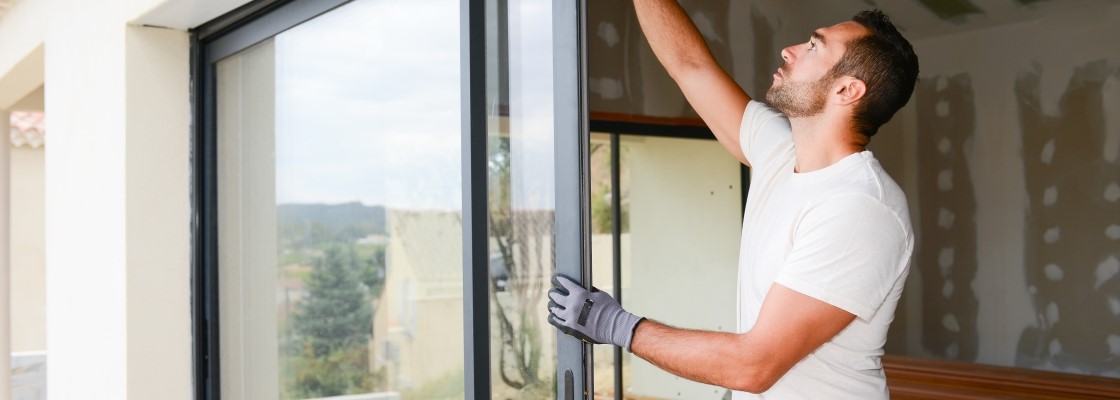Are you a building professional or an individual looking to dispose of glazed joinery from a dismantling or renovation project? Follow the guide to take advantage of our no-cost trade-in service.
Since January 1, 2024, there have been numerous collection points all over France, enabling holders of construction waste to dispose of their sorted waste free of charge. This is particularly the case for glazed joinery (windows, French windows, bay windows, etc.). However, due to their technical nature, their disposal requires several points of attention.
What types of waste are accepted?
Joinery-type structures with glazing are accepted:
- Wood, aluminium, steel or PVC frames
- Glazed windows, glass skylights, patio doors, interior and exterior doors, bay windows, verandas, pergolas and partitions
- Frames are included in this flow when they cannot be separated from the window.
These items must be glazed, intact and secure.
Integrity " means that the glazing and joinery are held together. The glazed part must not break into pieces and fall out during handling.
Joinery is " intact and secure " when there are no injurious pieces. They must then be placed in suitable containers to prevent them from falling out during transport (straps, film, etc.).
If there is no glazing, the components can be deposited in the glazed joinery stream or in the materials bin (metals, wood, plastics), depending on their composition.
All glass qualities are accepted (wired glass, glass-ceramic, smoked glass, mirrors, etc.). Separation is carried out at the dismantling centers.
What waste is prohibited?
The following are prohibited:
- Hazardous waste (lead paint, asbestos joints)
- Photovoltaic glass
Any waste likely to contain asbestos is PROHIBITED at our collection points. As a reminder since 2012, asbestos surveys prior to renovation work have been mandatory for all principals* ordering renovation work on installations where there is a risk of asbestos.
*Principal = person for whom the work is being carried out.
Following the alert of a risk of accidental presence of asbestos in PMCB (Produits et Matériaux de Construction du Bâtiment) waste by several processing sites, the OCA Bâtiment (the coordinating body for the building sector) has asked us to apply the following rules from January 15, 2025 for the delivery of end-of-life joinery to our collection points:
- Acceptance of joinery manufactured after 1997
- Or those accompanied by a signed self-attestation certifying the absence of asbestos for customers who have undergone statutory diagnostics.
Where appropriate, we invite suppliers of suspect joinery to contact an approved asbestos treatment facility. The list is available in this document.
Help to identify the year of manufacture of a piece of joinery
Joinery manufactured after 1997 does not carry an asbestos risk. To verify this, some joineries have an indication of the year of manufacture.

CEKAL MARKING
This certification requires the year of manufacture to be marked on the glazing.
The year of manufacture is always indicated before the word CEKAL, on the spacer between the 2 panes of double glazing. In this case, check that the year shown is after 1997.
OTHER MARKINGS
In the case of a roof window, the marking is on the upper part, visible when the window is in the open position. On the product's identity plate, a production code is indicated, enabling the year of production of the window to be traced.
All manufacturers provide installers with the correspondence between code and year of production.

Read also
The OPPBTP provides you with 8 decision-support sheets to help you work safely when renovating joinery, and assess the risks, particularly those linked to the presence of asbestos.
